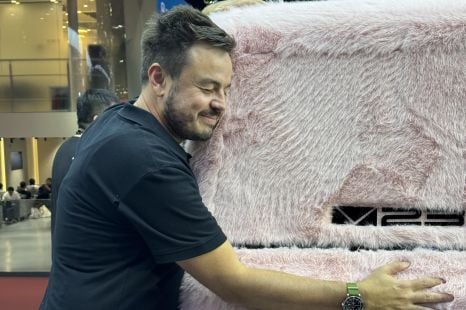

Max Davies
CarExpert's top five YouTube videos of 2025
26 Minutes Ago

Contributor
Ford has released a tongue-in-cheek video of a new Explorer Men’s Only Edition in time for InternationalWomen’s Day, recognising the contributions women have made to the automotive industry.
The first few seconds of the video appear to be a traditional car advertisement for the Ford Explorer.
Narrator Bryan Cranston begins to explain the Ford Explorer Men’s Only Edition, outlining key missing features including windscreen wipers, heaters, turn signals, brake lights and GPS.
All these features were created by various women around the world over the last 109 years.
The intention of the video is to highlight the contributions women have made to the industry and where cars are today as a result of such inventions.
Over the course of the month the carmaker will highlight not only women who have made groundbreaking innovations historically, but also current female employees at the company and their contributions.
A couple of key inventions date back to as early as 1914.
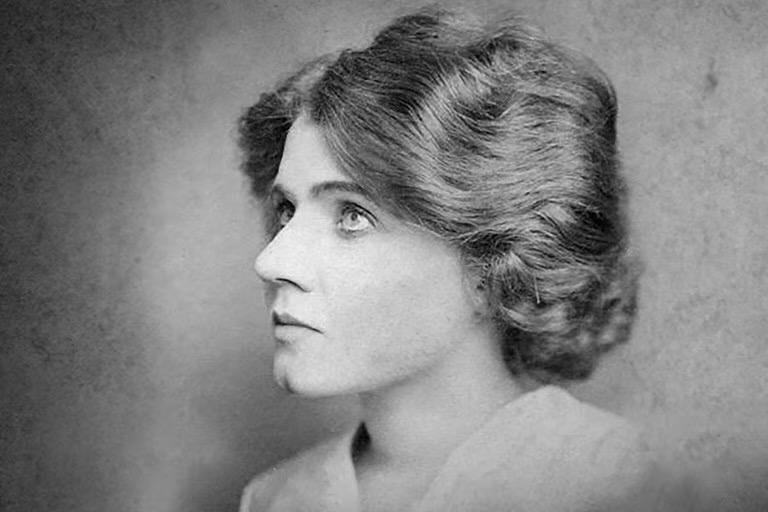
Both Florence Lawrence and her mother Charlotte Bridgwood invented features from 1914 that still remain in cars today.
Florence in 1914 invented the first turn signal and in 1917 her mother received a patent for a type of windshield wiper.
Unfortunately Florence didn’t patent her invention and never received any profits from it. She later invented rear bumper brake signals.
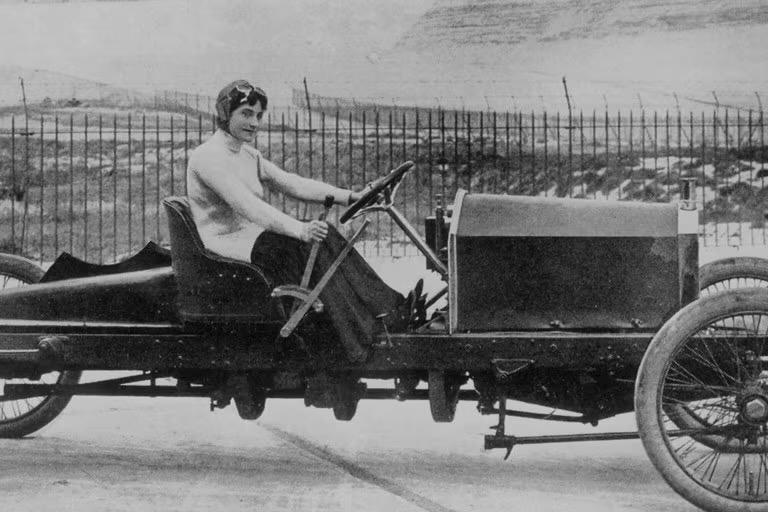
Dorothy Levitt was a successful auto engineer and businesswomen who became the first female British race car driver and then later invented the rear-view mirror.
During a race, she used a small hand mirror to see whom she had passed, and realised a fixed mirror inside the vehicle would therefore be a good idea.
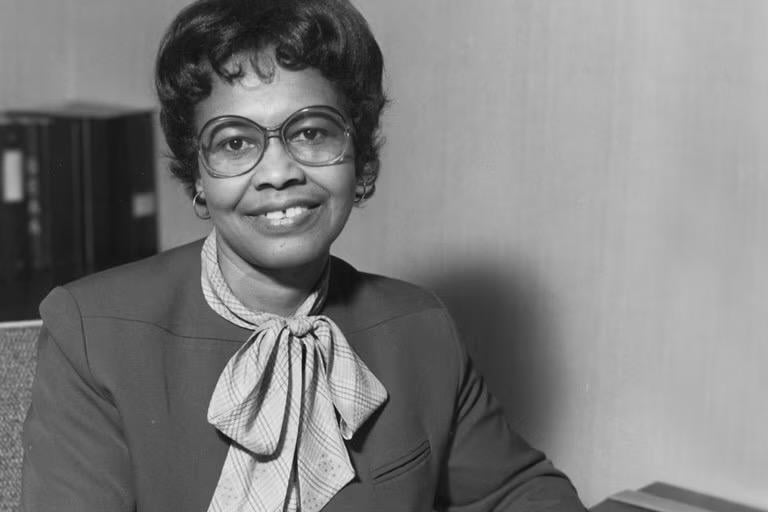


Dr Gladys West is a mathematician whose work in the 1970s and 1980s who developed increasingly precise calculations to model the shape of the Earth, leading to today’s GPS.
Hedy Lamarr patented the concept of frequency hopping in 1942, donating it to the US military for use in World War II. This secret communications system ultimately led to today’s modern wireless communication technology, including WiFi.
After World War II, Dorothee Pullinger opened the first all-female factory that produced the first and only cars designed specifically for women which featured higher seats, a smaller steering wheel and a rearview mirror.
Where expert car reviews meet expert car buying – CarExpert gives you trusted advice, personalised service and real savings on your next new car.
Jade Credentino is an automotive journalist currently based in Melbourne, Australia. Jade has had a chance to review a variety of vehicles and particularly enjoys SUVs. She enjoys traveling and going on road trips exploring Australia.


Max Davies
26 Minutes Ago
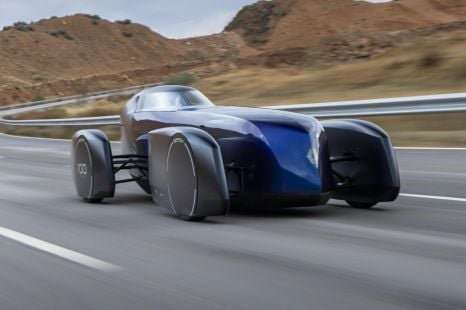

Derek Fung
1 Hour Ago


Max Davies
8 Hours Ago


Damion Smy
16 Hours Ago
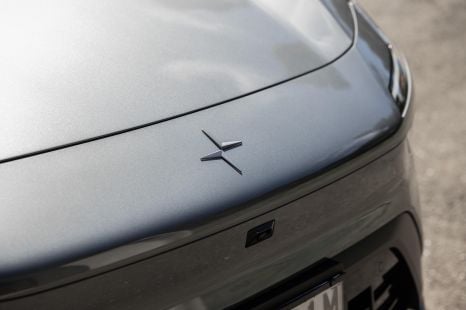

Damion Smy
17 Hours Ago


Damion Smy
18 Hours Ago